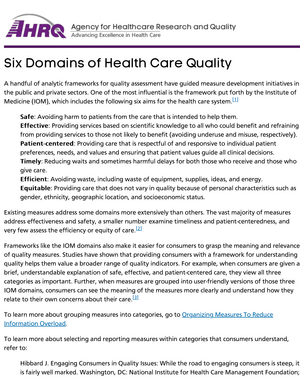- Information
- AI Chat
Was this document helpful?
Life expectancy at birth increased globally by 6 years since 1990
Course: Introduction To Public Health (HM 101)
87 Documents
Students shared 87 documents in this course
University: Michigan State University
Was this document helpful?

Life expectancy at birth increased globally by 6 years since 1990
A baby born in 2012 could expect to live to 70 years on average –62 years in low-income
countries to 79 years in high-income countries. Life expectancy at birth is based on the death
rates across all age groups in a population in a given year – children and adolescents, adults and
the elderly.
Around 6.6 million children under the age of 5 die each year
Almost all of these children’s lives could be saved if they had access to simple and affordable
interventions such as exclusive breastfeeding, inexpensive vaccines and medication, clean water
and sanitation. WHO is working with governments and partners worldwide to deliver integrated,
effective care and strengthen health systems, both of which are crucial to saving children’s lives.
Preterm birth is the leading killer of newborn babies worldwide
Every year 15 million babies – about 1 in 10 babies – are born preterm (born alive before 37
weeks of pregnancy). Preterm birth complications cause more than one million deaths each year.
More than three quarters of these babies’ lives could be saved with simple and cost-effective
care.
Cardiovascular diseases are the leading causes of death in the world
Around 3 in 10 deaths globally are caused by cardiovascular diseases – diseases of the heart and
blood vessels that can cause heart attacks and stroke. At least 80% of premature deaths from
cardiovascular diseases could be prevented through a healthy diet, regular physical activity and
avoiding the use of tobacco.
Most HIV/AIDS deaths occur in Africa
Around 70% of all HIV/AIDS deaths in 2012 occurred in sub-Saharan Africa. Globally, the
number of people dying from AIDS-related causes is steadily decreasing from a peak of 2.3
million deaths in 2005 to an estimated 1.6 million in 2012. HIV testing and counselling uptake
has improved and access to antiretroviral therapy has increased, however many people living
with HIV in low- and middle-income countries still do not know their HIV status.
Every day, about 800 women die due to complications of pregnancy and childbirth
Maternal mortality is a health indicator that shows very wide gaps between rich and poor, both
between countries and within them. WHO works to improve maternal health by assisting
countries to improve care before, during and after childbirth.
Mental health disorders such as depression are among the 20 leading causes of disability
worldwide
Depression affects around 300 million people worldwide and this number is projected to
increase. Fewer than half of those people affected have access to adequate treatment and health
care.
Tobacco kills nearly 6 million people each year
More than 5 million of those deaths are the result of direct tobacco use while more than 600 000
are the result of non-smokers being exposed to second-hand smoke. Unless urgent action is
taken, the annual death toll could rise to more than 8 million by 2030.
Almost 1 in 10 adults has diabetes
Almost 10% of the world’s adult population has diabetes, measured by elevated fasting blood
glucose (≥126 mg/dl). People with diabetes have increased risk of heart disease and stroke.
Deaths due to diabetes have been increasing since the year 2000, reaching 1.5 million deaths in
2012.
Nearly 3500 people die from road traffic crashes every day








